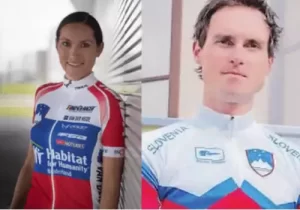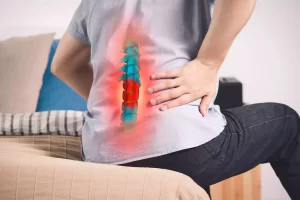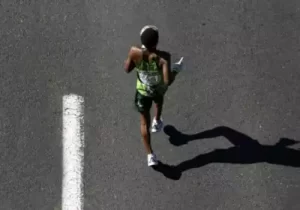Think about how you would walk if a bee stung you on your left foot. Would you burden both legs the same or would you ‘’take care’’ of your left leg by overburdening the right?
Injury always influences established movement patterns: in order to avoid pain we alter our movement because we don’t want to burden the painful areas of our body. We call that favoring an injured area. This leads to bad posture, the consequence of which is loss of free mobility, or in other words, faster aging. At this point we can decide whether to persist in adjusted – wrong – movement or begin with exercising and endure the pain. But not every exercise will bring relief.
The tone of the damaged muscles becomes stronger and so does the contraction of the remaining muscles that protect the damaged surface. When we strengthen muscles after an injury, we also strengthen the pain. Therefore, after exercise, the injured area may become ill again after a period of temporary improvement, so the exercise needs to be adjusted or even stopped. This happens with the usual approach to training.
Even if we rest after the injury and the pain passes over time, the movement still usually does not return to the frames before the injury. Therefore, poor posture and limited movement are all the more common in the elderly than in the younger ones.
When the pain is already gone it sometimes suddenly returns. We did not injure ourselves again, only the contraction of the muscles in the injured part became stronger, resulting in cramping and pain. It is possible that we have visited a physiotherapist that tried to fix us using a regime for strengthening and lengthening. Unless the physiotherapist really supervised us closely, we most likely intensified the pattern of wrong movement after the injury during exercise, which will only intensify our problems in the long run. Progress is likely to be slow and painful.
We must consciously change our movement patterns
Look at runners. How many of them run harder on one leg than on the other? For most legs, they rotate with each step, instead of moving easily and elegantly, straight back and forth. Do you think they are aware of this?
Its similar with injuries: the pain subsides but the pattern remains. After an injury we will never again move in the same way as we did before. To prevent the strengthening of the wrong movement patterns which appear because of the injury, it is best if we avoid routine movement; we have to change them.
But how can we reactivate the movement patterns from before the injury and regain freedom of movement? The answer is simple: by avoiding the wrong movement patterns and learning how to return and strengthen the correct ones.
Let’s teach our neuro-muscular system the correct movements again
In addition to avoiding wrong movement patterns, we can learn how to function properly with the help of the AEQ method. It’s about retraining our neuro-muscular system which involves two steps:
- We first restore and improve our movement and restore their flexibility, agility, lightness, and precision; we regain the feeling, knowledge, and control necessary for freedom of movement.
- Then we use freedom of movement to gain new patterns of coordination diversity, and adaptability. It’s not going to be easy, but it’s the only way to regain free movement.
Movement patterns are saved in our brain. Let’s think about how we learn how to drink milk, run, write, type, ride a bike, ski, open a door, putting the thread through the needle, and drive a car. All patterns of movement coordination are learned. The brains learn them and then begin to coordinate movement and lengthening muscles and maintaining appropriate muscle tone. We also need to learn new patterns of movement and coordination. The ability of our brains to learn is crucial here.
The AEQ method® teaches us mindfulness, awareness of oneself, one’s body and one’s movements. Through awareness of the simple mechanism of contraction and lengthening of muscles, it shows us how to regain control of our muscles and movements. A teacher of the AEQ method teaches us how to develop the ability of consciously relax and extend muscles, directly connected to our injury, which will eliminate the exaggerated muscular contraction and help us regain coordinated and free movement.
When we are able to consciously relax and lengthen our muscles, then the danger of regaining and intensifying the pain will also disappear.
Aleš Ernst, author of the AEQ method and AEQ breathing






